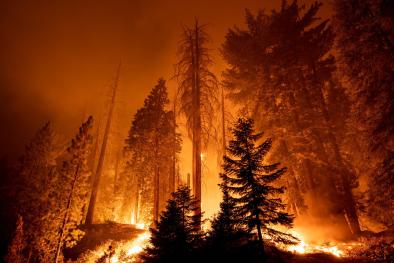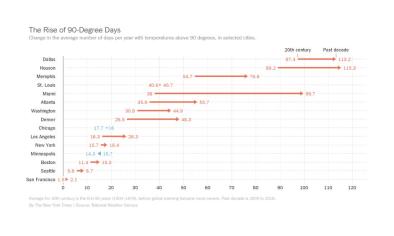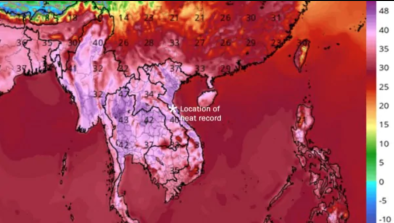Science Source
Climate Change and Maize Yield in Iowa
- Predicts how maize yield might change through the 21st century as compared with late 20th century yields across Iowa, USA, a region representing ideal climate and soils for maize production that contributes substantially to the global maize economy
- Drives a dynamic ecosystem model to account for climate model uncertainty with output from six climate models and two future climate forcing scenarios
- Finds all simulations predict a decrease in maize yields from late 20th century to middle and late 21st century ranging from 15% to 50%, despite a wide range in the predicted amount of warming and change to summer precipitation
- Finds that linear regression of all models predicts a 6% state-averaged yield decrease for every 1°C increase in warm season average air temperature
- States that when the influence of moisture stress on crop growth is removed from the model, yield decreases either remain the same or are reduced, depending on predicted changes in warm season precipitation
- Results suggest that even if maize were to receive all the water it needed, under the strongest climate forcing scenario yields will decline by 10–20% by the end of the 21st century
Related Content
Headline

Nov 18, 2021 | Climate Nexus Hot News
Number Of Hot Summer Days That Fuel Wildfire Spread Will Rise
Science Source
| Geophysical Research Letters
Evaluating the performance of past climate model projections
Zeke Hausfather, Henri F. Drake, Tristan Abbott et al
Headline

Jul 24, 2019 | New York Times
Boston Has Become New York
Headline

Apr 23, 2019 | Washington Post
Vietnam just observed its highest temperature ever recorded: 110 degrees, in April


